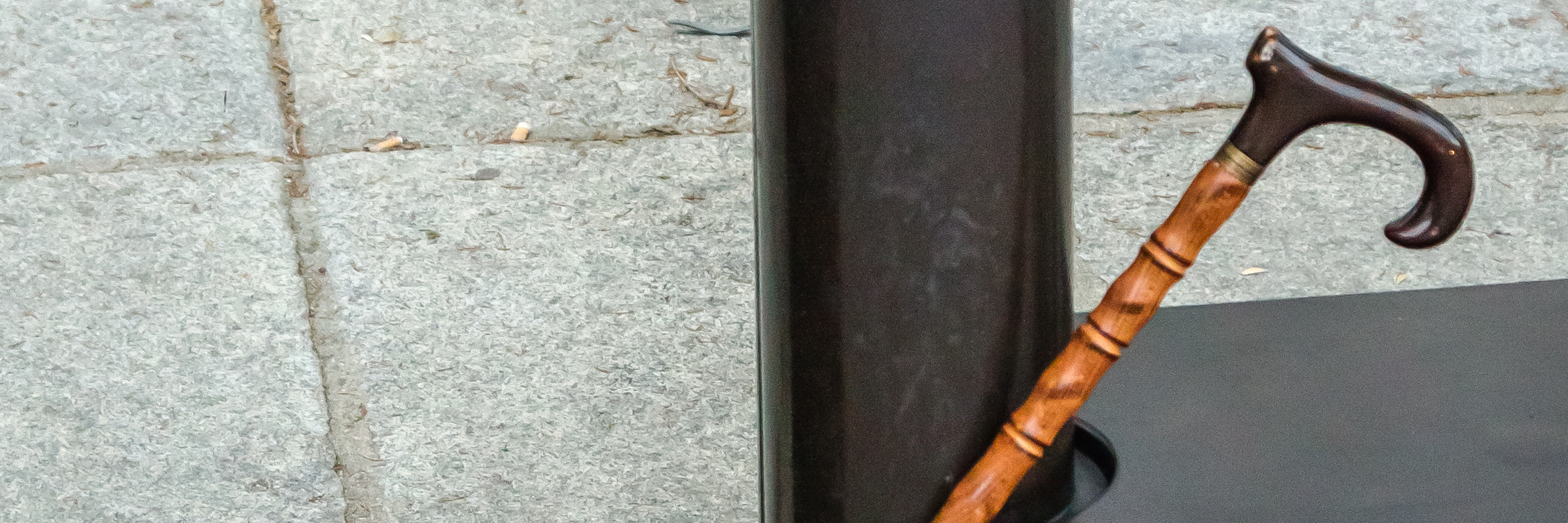After nine years of undiagnosed chronic pain, the label “sacroiliac joint dysfunction” was finally given to the constant ache and regular sharp pain in my lower back and hips. This was very encouraging, not just because I finally had an explanation for my anguish, but because it came with a highly successful treatment option, Prolotherapy. This treatment, which involves regular visits to a specialist for pelvic ligament injections, is painful and leaves me stuck on my couch and hobbling with a cane for a few days afterwards. Although Prolotherapy is by no means enjoyable, the discomfort of the injections is simply an increase in the pain that I already experience.
This temporary acute pain brought with it a surprising new aspect of disability for me: visibility. I had long been accustomed to no one noticing my pain, despite how big it felt to me. Now, though, I was using a cane, a veritable symbol of disability, and clearly struggled with getting around. It’s a strange feeling to be met with sympathetic gazes or shock and concern, when you are used to aching silently in the background. “What’s wrong?” and, “What happened?” they would ask, as if my struggle was something new. After the initial confusion, I found myself bitterly amused by the difference between how I was treated before and after a Prolotherapy session. It seemed comically out of proportion with the difference in my pain.
This is not a criticism of those who noticed or didn’t notice what I was experiencing. Instead, I see it as a reminder of how people with illness or pain receive different reactions based on the obviousness of their condition. It is not about attention, and, frankly, I can do without that part. In fact, avoiding stares and sympathy was the reason that I avoided getting a cane for so long. However, having social support and validation is important and often lacking for those with invisible illnesses.
So, how can you support me and others with pain you can’t see? Simple. Give me the benefit of the doubt if what I say doesn’t seem to match what you see.
Follow this journey on Heidi Raichelle Writes.
We want to hear your story. Become a Mighty contributor here.
Thinkstock Image By: LuismiCSS

